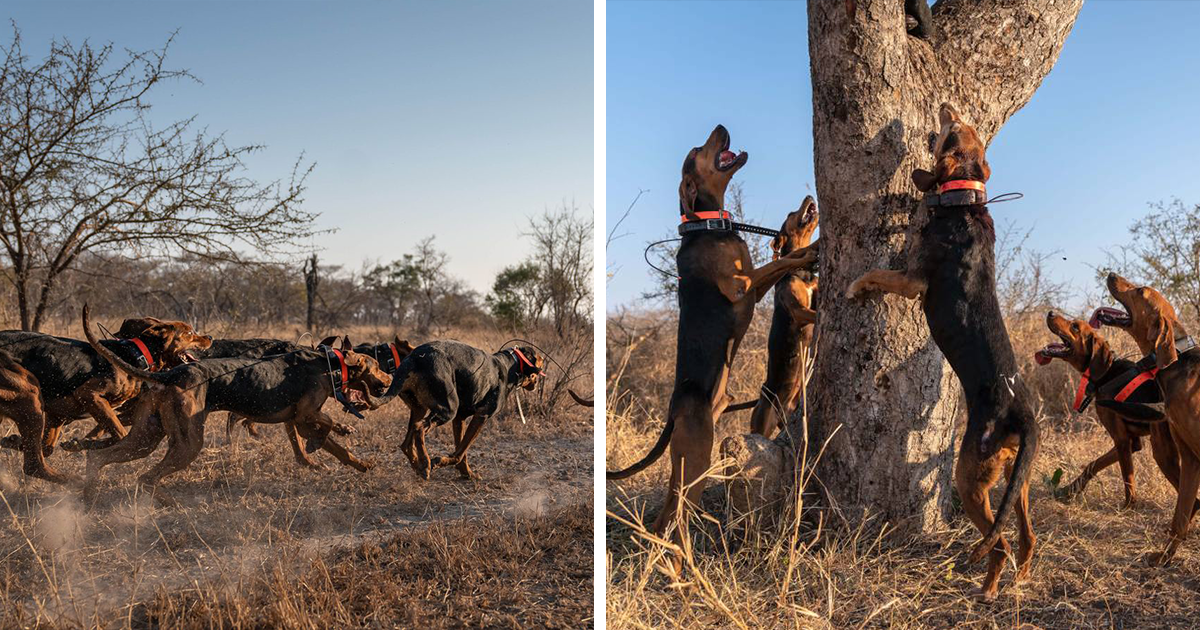You might not realize this but your little pooch can do everything. Literally everything. And for this, all he need is a little training from the professionals. Wait, you don’t believe that? No worries because we have found a great story that will make you believe this thing.
What has happened is that a few brave, courageous, and trained dogs have saved 45 Rhinos. Yes, you have read that right. Dogs have actually saved these wild animals from poachers.
There is a K9 fast response unit operating in South Africa that has made this thing possible. They have trained dogs and now, the pooches are helping to save wildlife. So you see, these little angels wrapped in fur can actually do anything.
Scroll down to see the pictures.
A group of dogs has been trained to protect wildlife since they were puppies

This K9 fast response unit is training all dog breeds whether it is beagles or bloodhounds. The training begins when dogs are little. And now, they are all grown up and are helping.
They’ve already saved 45 rhinos in South Africa from being poached
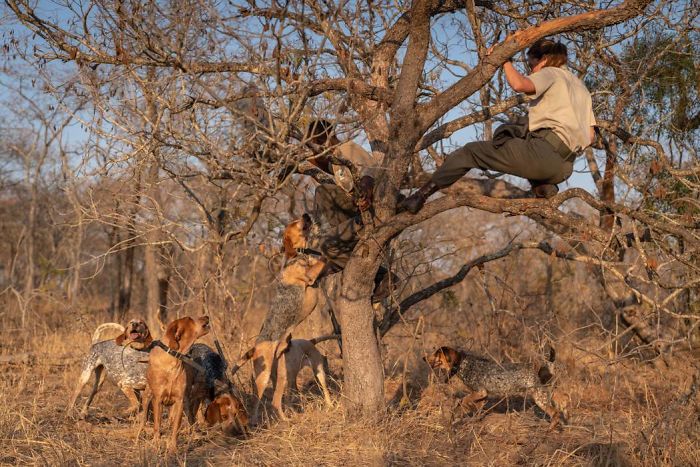
No breed is too small for the K9 fast response unit—the group of dogs ranges from beagles to bloodhounds
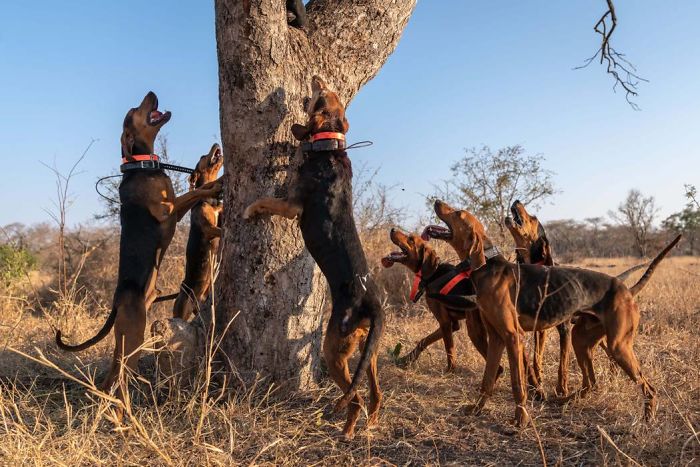
Johan van Straaten, the K9 master, says that “the data we collect for this applied learning project, aimed at informing best practice, shows we have prevented approximately 45 rhinos being killed since the free tracking dogs became operational in February 2018.”
“K9 Master” Johan van Straaten from Southern African Wildlife College in Greater Kruger National Park trains the dogs to handle all kinds of pressure
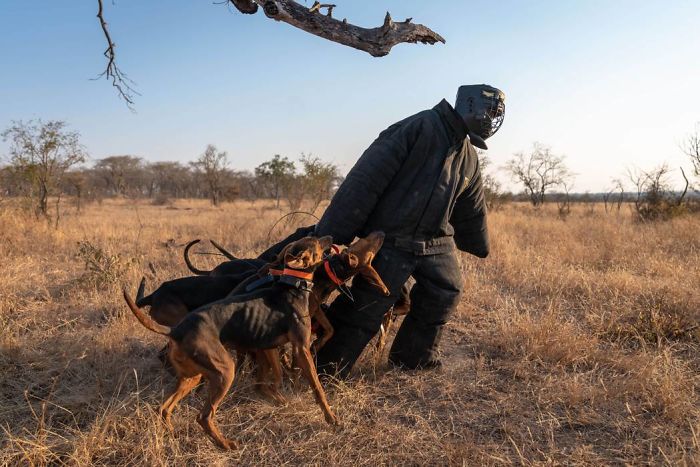
Their mission is very important since South Africa holds 80% of the world’s rhino population
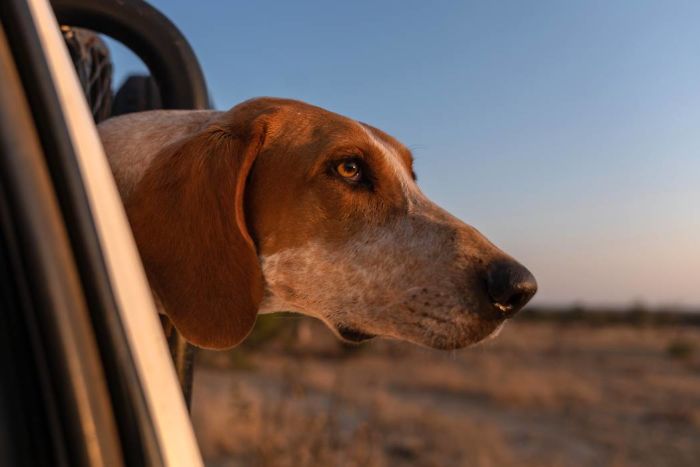
“In the areas where the Southern African Wildlife College patrol, the success rate of the dogs is around 68 percent using both on and off-leash free tracking dogs, compared to between three to five percent with no canine capacity,” van Straaten said. “The game-changer has been the free tracking dogs who are able to track at speeds much faster than a human can, in terrain where the best human trackers would lose spoor.”
“In the areas where the Southern African Wildlife College patrol, the success rate of the dogs is around 68 percent using both on and off-leash free tracking dogs,” said van Straaten
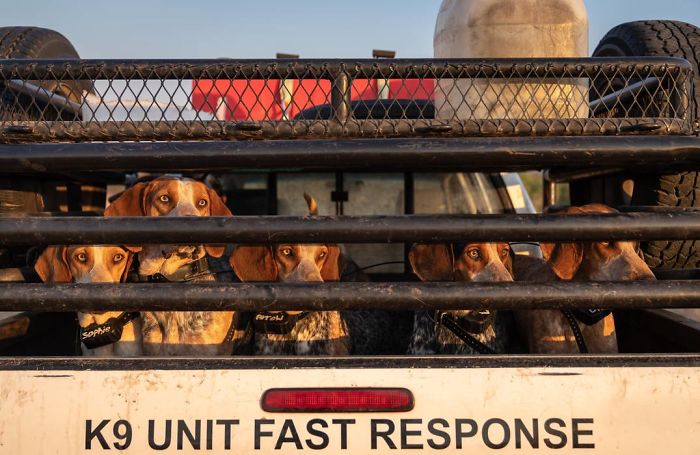
He also stated that patrols with no canine capacity only have a success rate of three to five percent
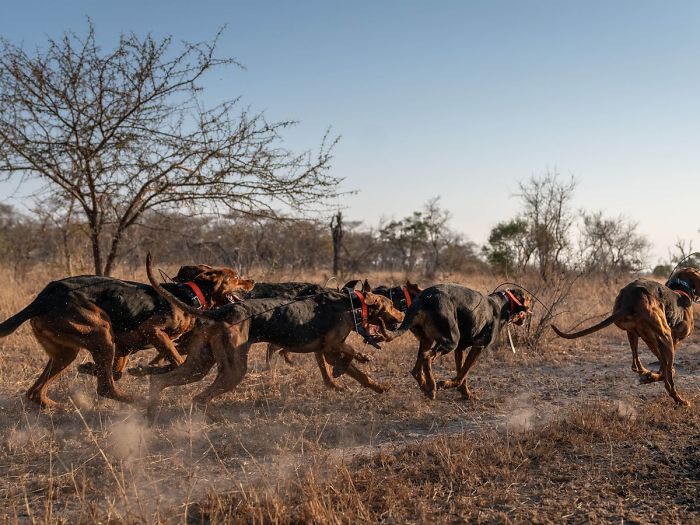
Van Straaten explained that “they begin training from birth and are socialized from a very young age. They learn how to track, bay at a person in a tree, and follow basic obedience”.
“The game-changer has been the free tracking dogs who are able to track at speeds much faster than a human can, in terrain where the best human trackers would lose spoor,” he said
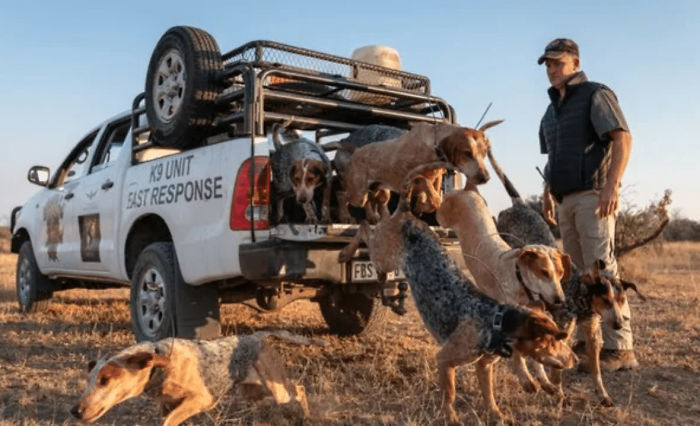
Turns out, South Africa is the country hit hardest by rhino poachers. So, there’s no better place for such a project to take place
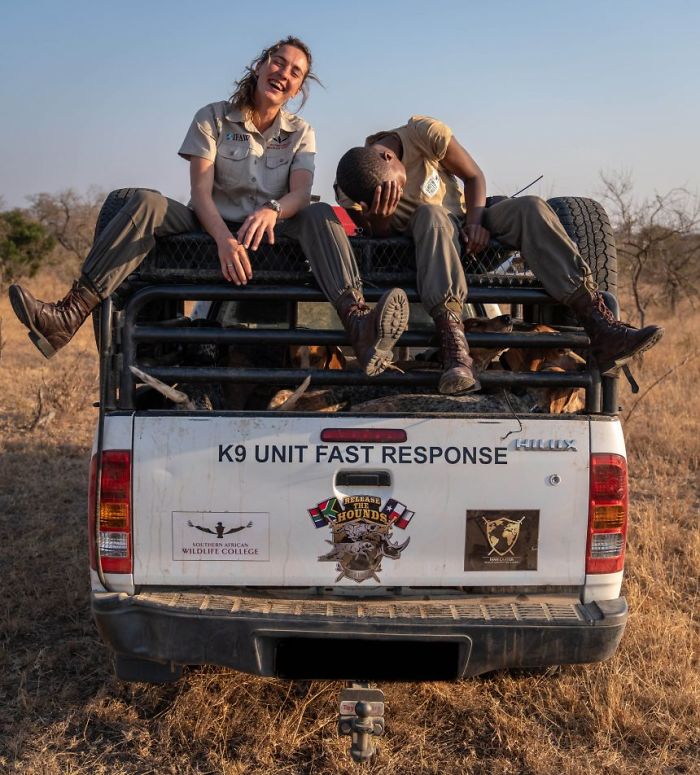
“At six months we put all that training together more formally. They do have the necessary skill set to do the work at a younger age. But are not mature enough to handle all the pressures of real operations. Depending on a number of factors, dogs become operational at around 18 months old.”


